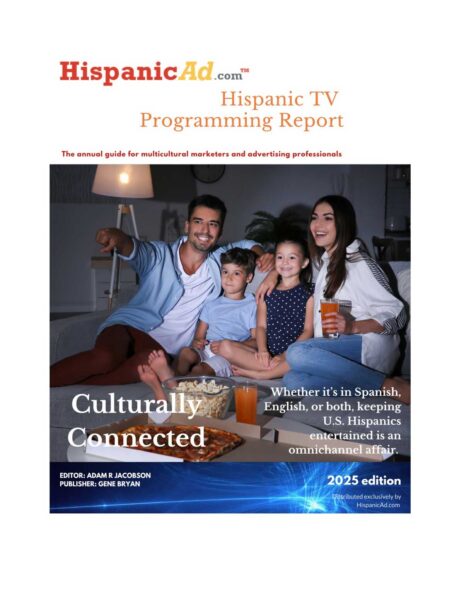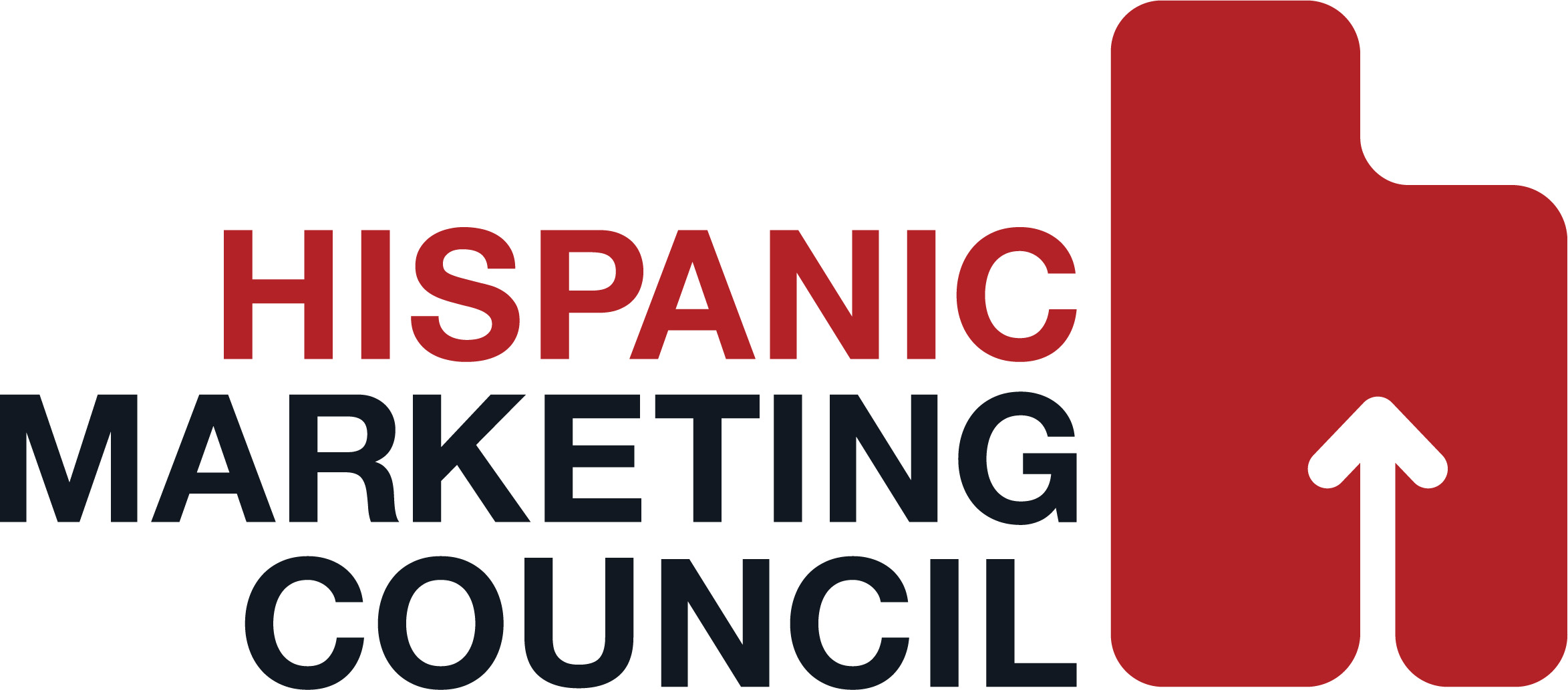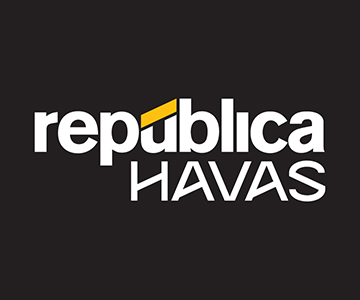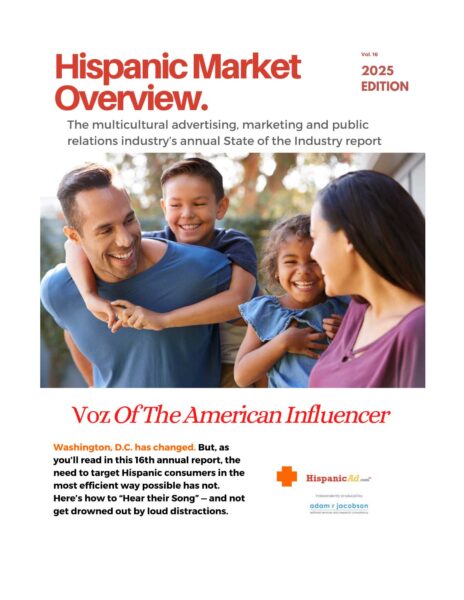Trends
America’s Best Shopping Destinations

A new study has identified the states with the most top-rated shopping malls in America. The research, conducted by Digital Directory Express, analyzed data on the top 400 shopping malls across the U.S., evaluating both the number of high-ranking malls per state and individual mall ratings based on consumer reviews.
TV Ads Rival Doctors in Driving Awareness of New Medications Across Key Demographics

More than half of Americans find new medications through CTV and linear ads, according to recent data in pharmaceutical advertising
2025 Deloitte Back-to-School Survey

In our 18th annual Back-to-School Survey, families are sharpening pencils and their budgets. They’re approaching their second-largest annual spending event1 with a note of restraint, given current economic and household financial positions. Despite the uncertainty, parents appear confident they can replace clothing and refill backpacks by leaning on the savvy shopping habits they’ve honed during the past few years of high prices. Expected spending per child ($570) is flat year over year, as parents expect to focus on just the essentials. Retailers that can appeal to the value-seeking consumer will likely be best positioned to capture part of the $30.9 billion in potential sales (flat YoY) up for grabs.
In the Age of AI, Ethical Data Is a Brand’s Most Valuable Currency

As technology evolves and AI continues to move at the speed of light, major advertising holding companies are acquiring AI firms and developing proprietary platforms at a rapid pace. Data-driven insights, campaign automation, and predictive targeting are being turbocharged by these acquisitions. In this way, holding companies are beginning to look and act more like platforms and are reshaping the infrastructure of modern marketing.
10 facts about teens and social media

Public health experts, lawmakers and parents have cautioned about the effects of social media on America’s teens. But what do teens themselves think? In 2024, Pew Research Center surveyed U.S. teens ages 13 to 17 – and their parents. We asked about teens’ experiences with social media and their views about its impact on their lives
Field of Bachelor’s Degree in the United States: 2022 [REPORT]

According to the American Community Survey (ACS), 35.7 percent of adults aged 25 and over had a bachelor’s degree or higher in 2022. As more individuals obtain bachelor’s degrees, it is important to understand differences in the types of degrees that people have. The field of degree (FOD) that individuals obtain affects the occupation they pursue, the economic returns they can anticipate from obtaining their degree, and even where they choose to live.
CMOs Must Adapt Their Brand Strategy as Survey Shows 70% of Consumers Tighten Spending, Shift to Smaller Purchases, and Adjust Savings Habits

As U.S. consumers adjust their behaviors due to concerns over possible price increases due to tariffs, CMOs must prepare now to adapt their brand strategy, positioning and messaging in order to compete, according to Gartner, Inc.
The Impact of Immigration Enforcement on Hispanic Communities and Businesses

As a Hispanic agency based in Los Angeles, we’re not just observing what’s happening—we’re living it alongside our families, neighbors, clients, and colleagues. The recent immigration enforcement activity across many cities in the U.S. has disrupted lives, created fear, and sparked protest. It’s affected people where they live, work, and shop.
Latino Entrepreneurs, Mexico, and the Market Opportunity Brands Can’t Ignore [PODCAST]

In this new episode of The New Mainstream podcast, Israel Serna, entrepreneur and Partner Marketing Manager at Autodesk, shares how his work in digital education, entrepreneurship, and cross-border collaboration is reframing what it means to do business in a global, multicultural economy.
Cannes artists: the rise and rise of fake award entries.

By Gonzalo López Martí - Creative Director What is false and what is real in 2025? Would you break up with your significant other because they have fake breasts, fake nose, fake hair, fake teeth, a fake waistline, Turkish hair plugs or a Brazilian butt lift? Welcome to the French Riviera.
83% of U.S. adults use streaming services, far fewer subscribe to cable or satellite TV

Is streaming king? Most Americans (83%) say they watch streaming services, with Netflix and Amazon Prime Video being especially common. Far fewer – 36% – say they currently subscribe to cable or satellite TV at home, according to a new Pew Research Center survey.
How Brands Should Navigate Recession Anxiety on Social Media

For brands, 2025 has posed a critical moment. Economic uncertainty has become a constant backdrop to consumer life, and it's showing up online as recession anxiety, shaping what people post, how they shop, and whom they trust. From the return of "victory gardens" as emblems of resilience to the continuing spread of #recessioncore memes on TikTok, social media is where collective anxiety is meeting cultural expression.
Audio Brings Better Moods, Joy, Coping to Gen Z [REPORT]

The Gen Z Audio Report includes a new online survey of more than 2,000 listeners ages 13-24 and reveals not only how Gen Z discovers new content and what they consume, but how audio enhances their lives.
Median Age in 192 Metro Areas Higher Than National Median of 39.1

Between April 2020 and July 2024, the median age rose in 329 of the nation’s 387 metro areas. At the same time, 47 metro areas experienced a decline in median age — many of which were in the South, including some in Florida.
Even States Like Florida With High Median Ages Have Counties Younger Than the National Median

Many assume Florida is one of the nation’s oldest states and Utah to be among the younger. But while a retirement magnet, not every corner of the Sunshine (or any other) state is “old” or, for that matter, “young.” Some older states like Florida have counties with much younger populations, while some counties within the youngest states like Utah are graying fast. In both instances, these intra-state discrepancies are driven by migration patterns combined with the numbers of births and deaths.
From 2023 to 2024, the Hispanic or Latino population increased by 1.9 million; this gain was larger than the change for all other race and ethnicity groups combined.

The U.S. population age 65 and older rose by 3.1% (to 61.2 million) while the population under age 18 decreased by 0.2% (to 73.1 million) from 2023 to 2024, according to the Vintage 2024 Population Estimates released today by the U.S. Census Bureau.
Diversity, Equity and Inclusion 2025 CHAPTER TOOLKIT [REPORT]

In recent years, diversity, equity and inclusion (DEI) initiatives have faced challenges across various sectors, from corporate boardrooms and state legislatures to educational institutions and government agencies Amid debates over affirmative action and diversity metrics, the need for robust DEI policies remains critical These discussions underscore the complexities of integrating diverse perspectives and the ongoing necessity for constructive dialogue
POV: What the Pew LGBTQ+ Report Means for Inclusive Brands This Pride Month and Beyond

At SSG, our national study with Target 10, “From Blocked to Unlocked: Unlocking Growth Through Authentic LGBTQ+ and Ally Engagement*,” was conducted in 2024 with over 1,600 LGBTQ+ and ally respondents through both quantitative and qualitative research. The study found that 67% of LGBTQ+ individuals and 60% of allies are more likely to engage with advertising that reflects multiple aspects of their identity, including race, gender, and sexuality. Marketing does more than drive sales. It shapes perception, signals inclusion, and influences belonging.
The Experiences of LGBTQ Americans Today [REPORT]

June 26, 2025, marks 10 years since the Supreme Court ruled in Obergefell v. Hodges that the right to same-sex marriage is guaranteed across the United States. The decision, which represented a major change in U.S. family law, reflected shifting public opinion on same-sex marriage. In 2004, 31% of Americans supported it, while 60% opposed. By 2015, 55% supported same-sex marriage, while 39% opposed. And support has continued to grow: In 2023, 63% of Americans expressed support for same-sex marriage.



























